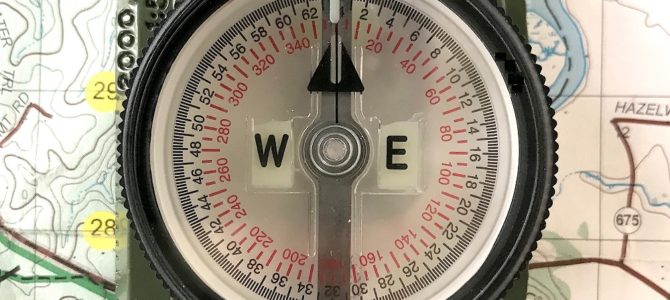
Kyle Sammin may be right that there is no convincing reason for the United States to impose a law forcing us to use the metric system. Our country is the economic powerhouse of the world, suggesting that the metric system’s advocates may be wrong when they claim that our refusal to shove that system down our own throats places us at a disadvantage in manufacturing and trade.
Indeed, as President Trump reminded us in his 2019 State of the Union address, what was needed for America’s already world-leading economy to significantly increase its margin of superiority over the economies of other nations during the last two years was not a change from our traditional ways of measuring weight, volume, and distance, but rather a change from some of the economic policies of previous presidents.
Sammin is also right that when the French Revolutionists imposed the metric system during their Reign of Terror, they also attempted to institute a ten-day week as part of their war against Christianity. That part of the Terror culminated in the guillotining of the Catholic Martyrs of Compiègne, depicted in Francis Poulenc’s 1957 opera, Dialogues des Carmélites.
Jacobins in this country today—some masquerading as establishment Democrats, some as Democratic Socialists, and some not masquerading at all—will probably be enthralled by the nuns’ executions in the opera’s final scene. However, they might be wise to remember that several days after the nuns fell to the National Razor, Maximilien Robespierre, the architect of the Terror, and many of his leftist allies were guillotined as well.
Sammin is also right that some who urge that we impose the metric system upon ourselves do so because they think anything done differently anywhere outside America must be superior to whatever we do here. This is seen in things as harmless as people thinking it makes them sophisticated to buy bottled water branded “l’eau” and in things as evil as working to destroy America from within.
It is also seen in the Army’s decision, several decades ago, to dig up its rifle ranges, which had conventional targets placed at distances measured in yards, and to replace them with pop-up targets at distances measured in meters.
The worst part of that decision was the adoption of the pop-up targets, because whether soldiers hit or miss those targets, they don’t know whether they shot high, low, left, or right, and by how much. To make matters worse, sometimes the targets’ mechanisms score a hit as a miss, and sometimes score a miss as a hit, such as when the soldier shoots the ground in front of the target, a clump of dirt bounces up and hits the target, and the target thinks it has been shot.
The Marines have not made the Army’s mistake, but have instead kept their yards-based rifle ranges and conventional targets, which is a big reason why the average Marine outshoots the average soldier “by a mile” or, as the Army might say, “by 1609.344 meters.”
This begins to explain why, for years, the Army has alternately said it needs a new rifle, a new bullet, a new caliber of ammunition, or some combination of the three, constantly making excuses for the fact that the enemy doesn’t always immediately fall down, deader than a doornail, when a soldier points his rifle in the enemy’s general direction and pulls the trigger. A new rifle, bullet, or caliber might be beneficial in some operating environments, but that benefit will never be maximized as long as the Army believes that its pop-up targets are ideal for marksmanship training purposes.
As bad as the pop-up target system is, switching to meters was also a mistake. Yards, being about nine percent shorter than meters, are easier to use when estimating distance to a target. This is important, because as target distance increases, accurate estimation of the distance becomes increasingly important, because the bullet’s descent from the maximum ordinate of its trajectory becomes more steep, increasing the chance of shooting too high or too low.
Furthermore, yards-based targets work with rifle sights that are calibrated in minutes of angle. One minute (one-sixtieth of a degree) just so happens to work out to be almost exactly one inch for every hundred yards, thus rifle sights calibrated in minutes are easily adjusted by an American who thinks in inches.
The metric system may be highly overrated, but it has at least one useful application. It is in land navigation. The linear ground distance covered by an angular degree, minute, or second when moving east or west differs, depending on the latitude. For example, one degree of east-west distance covers about 69 miles at the equator, decreasing to zero distance at the North Pole or South Pole.
By comparison, in the mapping system known as the Military Grid Reference System (MGRS), based upon the Universal Transverse Mercator and Universal Polar Stereographic grid systems, ground distance is measured in meters, which, of course, are the same length anywhere on Earth. And since the metric system is decimal-based, calculating ground distance with the MGRS is easy. This is explained in detail in the Army’s excellent map reading and land navigation field manual, FM-3-25.26.
Fortunately, we can use the metric system to perform land navigation without forcing ourselves to use it for other purposes, and certainly without adopting any of the other ideas of the Reign of Terror. As the character played by Ian McKellen in the movie, The Da Vinci Code, warns us, “The French cannot be trusted.” Neither can those who today model their politics after those of their Jacobin predecessors.









